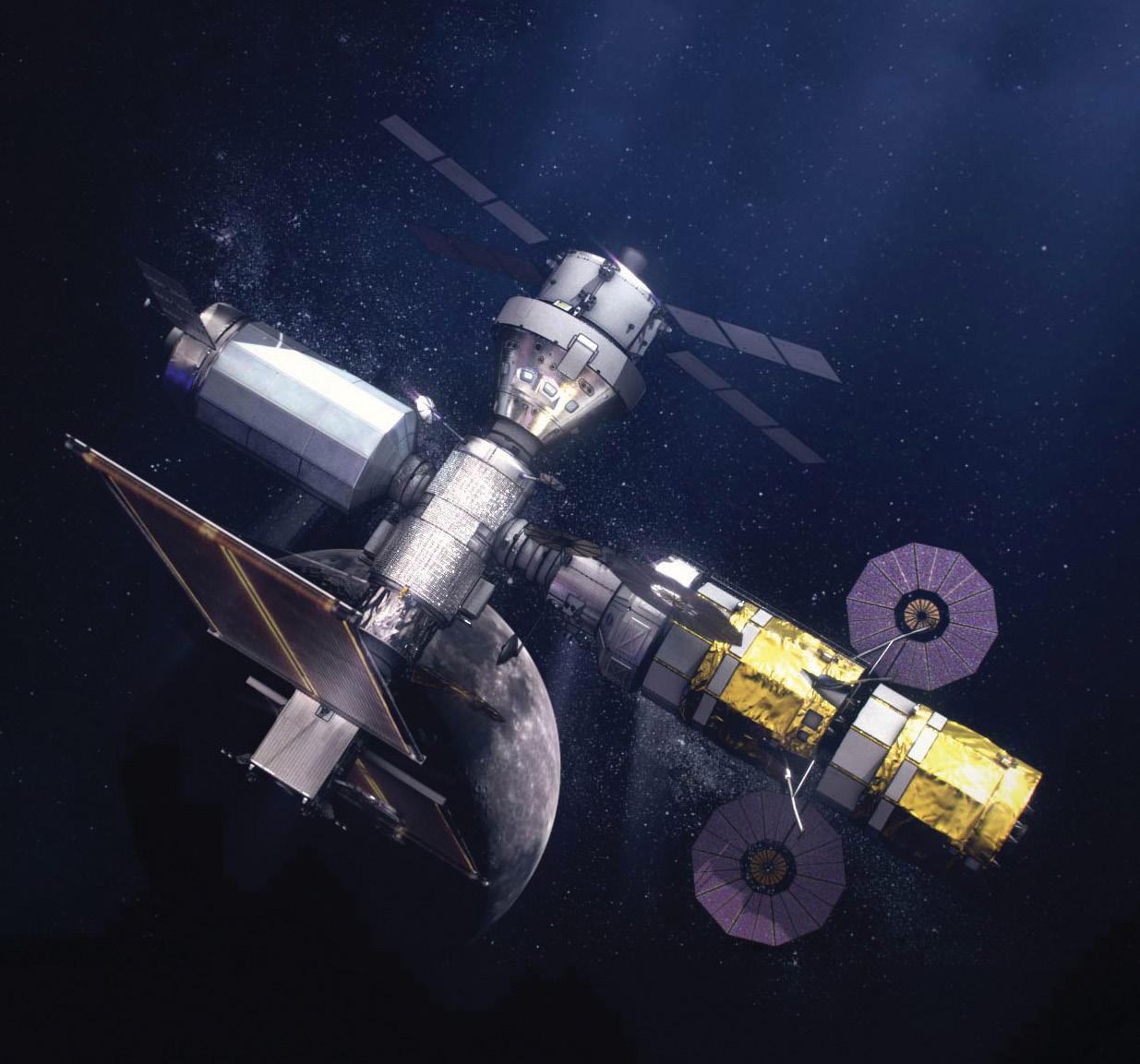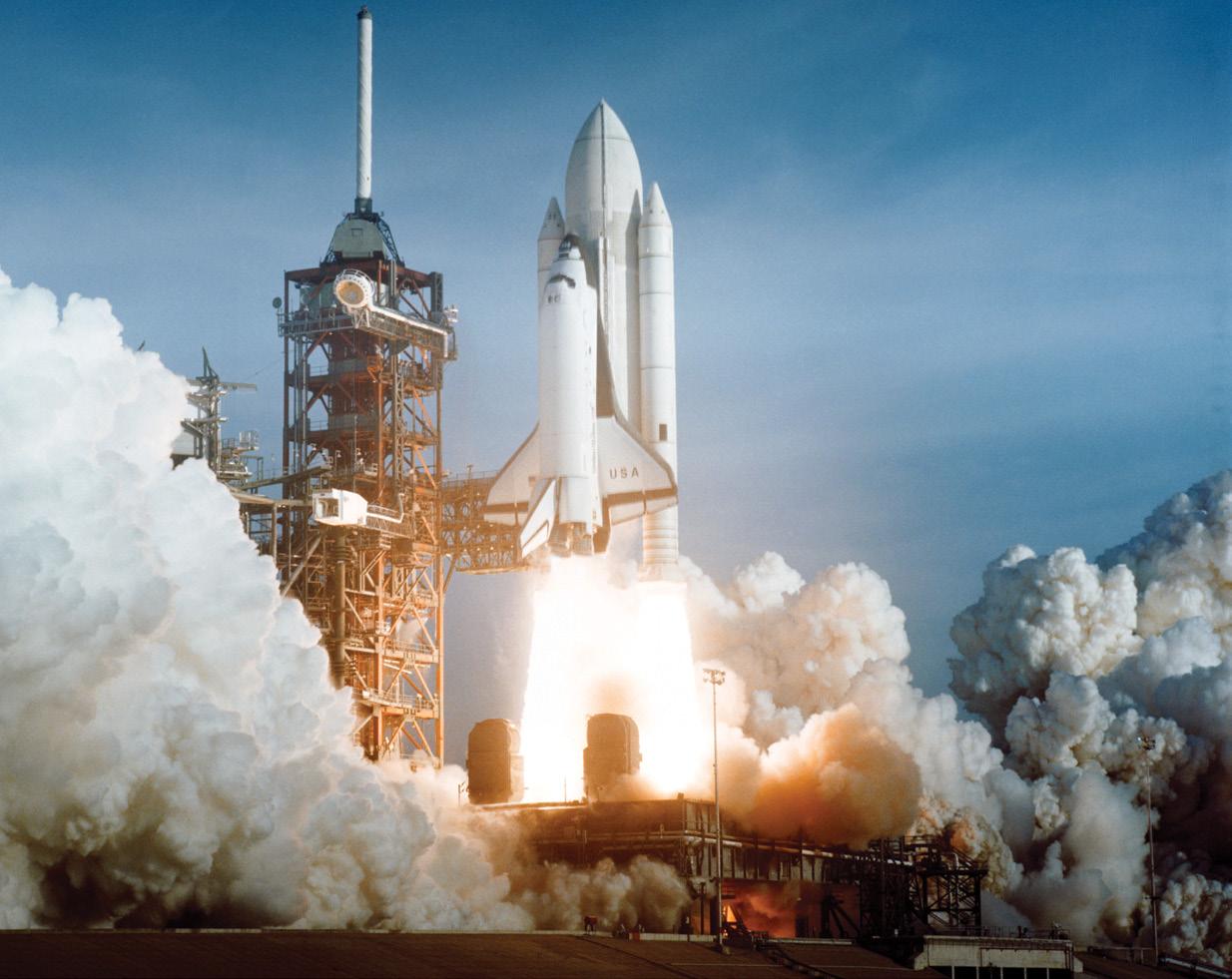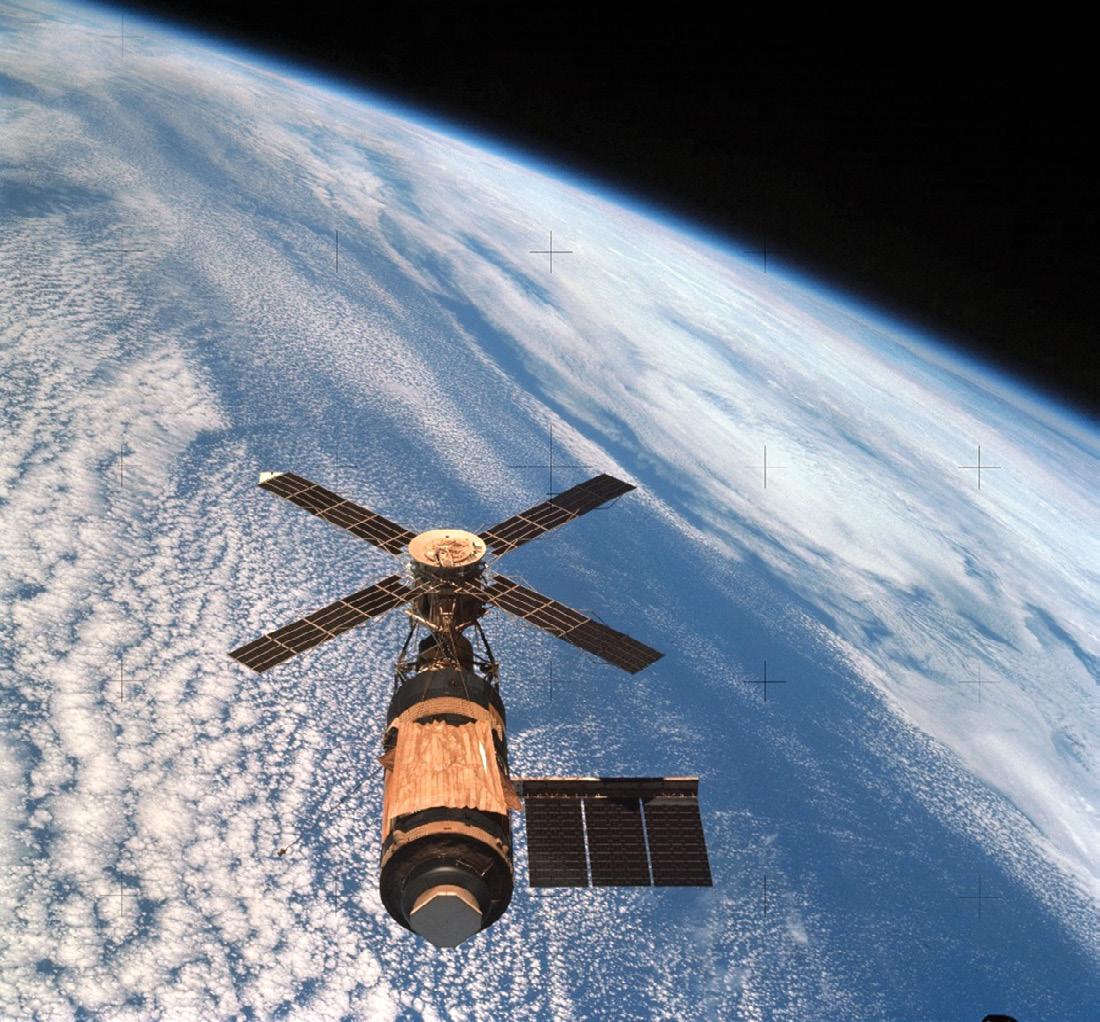
7 minute read
Lessons Learned


Advertisement
Learning from Past Mistakes to Safeguard Spaceflight’s Future
- Henry Petroski, To Engineer is Human
An unprecedented number of human spaceflight systems are entering their crewed test flight and early operational phases, including systems developed by NASA and its contractors, commercial crew partners, and at least two commercial suborbital space tourism operators. But the start of every human spaceflight program since the 1967 Apollo 1 fire has been marred by major mishaps and significant close calls. Recently, the NESC and NASA Safety Center (NSC) completed an in-depth study of these historical mishaps, which has provided a rich dataset to help advance the state of the art in system safety and, as a result, raise the bar for flight and ground crew safety.
A Study of Early Program Mishaps
Looking at mishaps that occurred during testing and early operations, the NESC/NSC team chose eight for their study, including mishaps from the Apollo, Soyuz, Skylab, Space Shuttle, and Constellation (Ares 1-X test flight) Programs as well as commercial suborbital systems. Prior studies by NASA and others have cataloged close calls and mishaps by flight phase (ref. Significant Incidents and Close Calls in Human Spaceflight, JSC Safety and Mission Assurance https://spaceflight.nasa. gov/outreach/SignificantIncidents/index.html). The NESC/NSC study further advanced our understanding of systemic safety issues that affected multiple programs.
The study’s goal was to identify recurring organizational causes that, if addressed within the broader context of support systems and processes, would have a maximum impact on reducing the frequency and/or severity of incidents, especially those in integrated test flight and early operational phases. While seldom identified as root causes, these recurring causes may be overlooked or inadequately addressed by actions resulting from a single investigation board’s findings and recommendations.
Top: The Artemis missions will depend on innovative but complex systems and technologies. Systems safety will be of utmost importance. Middle: Parts of the Apollo 1 command module after the fire. Bottom: During the launch of STS-1, a low estimate of the pressure spike generated by the reflection of the solid rocket booster initial overpressure wave resulted in nearly catastrophic damage to the orbiter.
Most Common Recurring Causes
The study team identified 180 causes across the 8 mishaps, with an average of 22.5 causes per incident. From those causes, the team was able to classify 25 recurring-cause types. Number one on the list, Inadequate technical controls or technical risk management practices, had the highest number of occurrences, 16, and contributed to every mishap in the study. Examples of insufficient analysis of technical or safety issues or inadequate readiness reviews were seen across the mishaps, such as Skylab’s meteoroid shield (MS), which was damaged during launch. New to Skylab were the shield material and auxiliary tunnel stowage method, which was subject to the supersonic freestream during ascent. Despite rigorous technical reviews and experienced leadership, the effects of aerodynamic load and aeroelastic interactions between the shield and its external pressure environment during launch were not seen until flight.
Similarly, there were 12 occurrences of incomplete procedures in 7 of the incidents, as seen during SpaceShipOne ground operations. While testing a steel tank carrying approximately 10,000 pounds of nitrous oxide (N2O), the tank exploded, killing three ground crew members and injuring three others. Material safety documents from N2O suppliers cautioned against pressure shock, but the work instructions contained no warnings about those dangers or steps to reduce the risk of a serious mishap. Scaled Composites workers could stand behind a chain link fence near the tank during testing because there was no designated hazard control area.
Contributing to six of the incidents were system design and development issues. One example included the inaugural launch of the Space Shuttle on April 12, 1981. A significantly low estimate of the pressure spike generated by the reflection of the solid rocket booster (SRB) ignition overpressure (IOP) wave resulted in nearly catastrophic damage to the orbiter. The SRB IOP was anticipated, but prelaunch modeling used Tomahawk missile motor data to validate the models, and the SRBs had much higher ignition pressures. The Tomahawk ignition test was accepted as a sufficient simulation as engineers did not fully appreciate the effect of the differences between the SRB and Tomahawk ignition characteristics.
Inadequate inspection or secondary verification requirements was a cause of main and reserve parachute failure on Soyuz 1, which ended in the death of the single cosmonaut on board. The parachute container had been damaged during a thermal protection system baking process, however, there was no requirement to inspect the parachute container for contamination or damage.
The Apollo-1 pad fire on January 27, 1967, was preceded by a similar event: an electrical fire of an Apollo command module during an environmental control system test in a vacuum chamber. This was an example of inadequate organizational learning systems. The test was conducted under a lower atmospheric pressure (i.e., 5 psi to simulate cabin pressure in space versus 16.7 psi for the LC-34 test), but in a 100% oxygen environment. However, the test incident report was classified and inaccessible to personnel without clearance. (continues...)
Vulnerable
Negative / Minimal Margins
Risk Average Robustness
Minimal / Low Margins
Resilient
Verified Positive Margins
Identifying and Addressing Underlying/Systemic Safety Issues Improves Robustness
Top Nine Recurring Cause Types
1.
2.
3.
4.
5.
6.
7.
8.
Incomplete procedures
System design and development issues Inadequate inspection or secondary verification requirements
Inadequate task analysis and design processes Organizational design issues
Organizational safety culture issues
During launch of Skylab 1, there was a complete loss of the micrometeoroid shield from around the lab and damage to a solar array. Repairs made during the Skylab 2 mission included installing a sunshade for thermal control and releasing the damaged solar array.

Applying Past Lessons to Future Missions
To make organizational systems more robust and resilient to mishaps, systemic safety issues should be addressed, especially as spacecraft and launch vehicles operate closer to their design limits. This requires a broad systems perspective looking across on being proactive and preventive complementing those actions that are more reactive and corrective in nature. The NESC itself was established in 2003 as a direct result of the Columbia tragedy, created as a solution to an underlying, or systemic, safety issue affecting crewed, non-crewed, and science missions. Through a Human Spaceflight Knowledge Sharing Forum and series of panel discussions and presentations, the study team’s primary recommendation to human spaceflight program personnel was to internalize these study results, consider their personal degree of safety accountability, and determine whether additional mishap risk reduction actions are warranted. Before crewed flights begin, personnel should step back from their busy schedules and ask questions like “What else can be done within my area of responsibility to ensure crew safety?” “What are we doing now that needs to be improved?” “What could be stopped and replaced with a better approach?” “What is working in other subsystems than can be extended to my subsystem?” Hopefully, the results from this study provide data and examples to seed those discussions.
The shared purpose of the NESC and NSC is helping NASA programs achieve safety goals through engineering and technical excellence. For those in the human spaceflight community, excellence is often perceived as being synonymous with perfection. Surgeon and author Atul Gawande wrote, “No matter what measures are taken, doctors will sometimes falter, and it isn’t reasonable to ask that we achieve perfection. What is reasonable is to ask that we never cease to aim for it.” The flight, ground, and organizational systems, processes, and decision different types of mishaps and close calls, with actions that focus
making will sometimes falter, and tragedies will occur. Although it is true that the only way to maintain a perfect human spaceflight safety record is to never fly, human spaceflight organizations can never cease aiming for perfection…and excellence.
In 2019, the study was expanded to include recent mishaps, and a final report was published (NASA/TM 2020-220573). The results were also featured in the NESC Academy and an NSC Safety Webinar series. For more information, contact Dr. Timothy Barth, tim.barth@nasa.gov or Steve Lilley, steve.k.lilley@nasa.gov.
Organizational Causes Training Systems Design Systems Enabling Systems Senior Leadership
Latent Failures
Dual-Role Causes (Org. and/or Local Factors) Procedures Task Team Quality Control Supervision
Active and/or Latent Failures Local-Resource Causes Individuals Material Resources and Work Environment Support Information
Active Failures
Concentrate on these factors to define the solution(s) corrective and/or preventive actions





